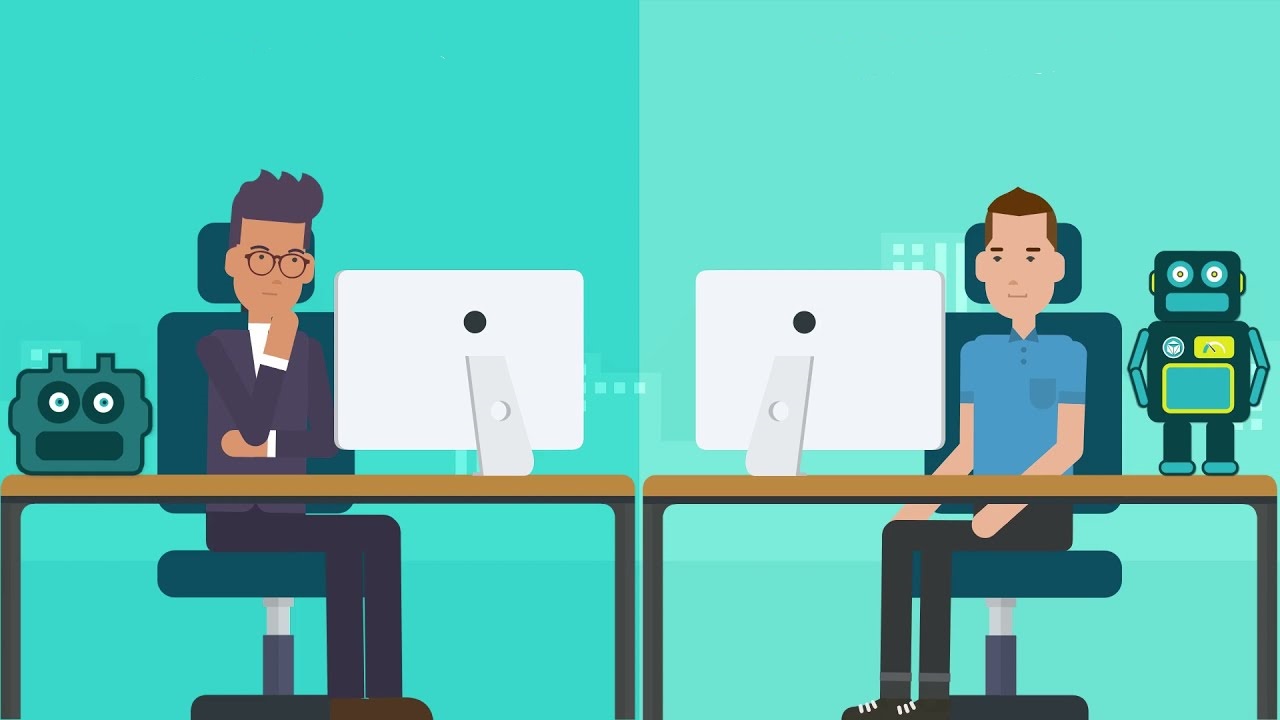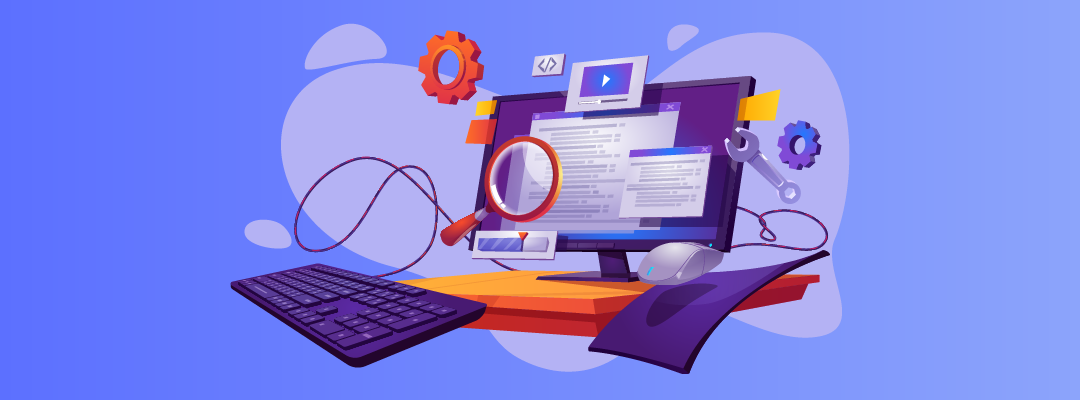Summary
Web application maintenance is just as significant as application development. This blog highlights the types of application maintenance and why it is crucial for the success of your business.
What is Web App Maintenance?
Web app maintenance is the continuous improvement, modification, and reevaluation of apps that already exist and are used by users. It is all about bug fixing on time, implementing new features, improving performance, correcting errors, and caring about app quality. This is an ongoing task that makes sure your applications are constantly running to the best of their abilities. Maintenance’s main goal is to provide a secure and pleasant user experience.
Why Is Web App Maintenance So Essential?
With advanced technology that is changing at the speed of light and with the constant fierce competition, it is crucial to meet the demands, and keep the app updated to make sure users enjoy it instead of abandoning it. The user who cannot fully benefit from the web app will get irritated, and look for some other reliable, competitive one. This is a significant risk for your business. It is necessarily required for each product to go through the secured app maintenance process. Proper app maintenance is tremendously important to fix any issues that may be arising during the course of product functioning. In case this is neglected or not treated as a serious concern, companies and clients may have to face a huge level of financial penalty and could also suffer from the consequences of different maintenance issues.
Types Of Web App Maintenance

Corrective Maintenance
Corrective maintenance is mainly done to fix bugs or resolve errors that arise in the app. It is done when the app is not functioning properly due to critical issues like faulty logic flow, incorrect implementation, and invalid tests. Likewise, it is also used to resolve issues in the app that are having a negative impact on the user experience.
Adaptive Maintenance
Adaptive maintenance is done to keep the app compatible with changing business needs, technical evolution, new laws, new policies, and security threats. The adaptive changes mainly focus on the infrastructure of software. It includes changes in hardware, platforms, operating systems, cloud storage, etc.
Perfective Maintenance
Perfective maintenance aims to update the app to enhance its value as per the user demand and market. It involves making improvements in the functionality and usability of the app. This includes in-app user journey, user interface redesigns, tweak, adding new features, and removing irrelevant features.
Preventive Maintenance
Preventive maintenance prepares apps for any potential changes ahead. In other words, it helps future-proof the apps in advance. It includes detecting latent faults, updating the product documentation as per the current state of the app, and transforming the program structure to make it easily understandable.
Emergency Maintenance
As the name itself implies, emergency maintenance is done at the time of unexpected breakdown, slow speed, or any issue. To deal with such situations, you need to provide an immediate solution to the end-users and give them a seamless experience.
Reasons Why You Should Take Web App Maintenance Seriously
Bug Fixing
Regardless of how well an app is built, bugs may appear at any stage of the development. It is most likely when you integrate third-party tools or when you rush to release the app. Hence, it is important to catch wind of the situation, even if it is after the app is released, and make necessary bug-fixing so they don’t annoy the user.
Improved UI/UX
The first thing a user encounters after opening the app is the design. It creates the first impression in the mind of the user. Following are a few of the reasons you should consider for updating, modifying, and improving the overall user experience:
- Platforming companies often change guidelines concerning the design. In such cases, you should make changes to the UI/UX according to the updated requirements as the old-style interface elements will look really clumsy against the background of the updated system.
- In case your company has gone through a rebranding, make sure to update the app in alignment with the present branding to avoid misleading users
- Ignoring the OS requirements and updates may slow down the performance of your app. Hence, it is necessary to release frequent OS system updates under Android and iOS.
Release of New App Features & Updates
Update the obsolete features or add new features to show the users that you exist and that the app is being constantly improved. To keep up with other competitive apps you have to make sure that your app receives regular to perform better, be secure, and scalable. An update will help your app to have access to the new hardware and software feature sets introduced by the manufacturers. Factors such as user feedback, bug fixing, changes in market trends should be kept in mind when deciding the frequency of updates.
Cost Cutting
Keeping a continuous tab on the app would help the cost efficiency greatly. It will be easy to identify which features are being used the most and which features have turned redundant. The features which are not being used could be removed. The new features and functions that are in demand can be incorporated into the app to help increase the ROI. You can optimize the costs of fixing bugs over a more extended period by faster diagnostics and by fixing them at the earliest possible time.
Downtime Reduction and Revenue Losses
Downtimes could lead to significant revenue losses. compatibility with the latest technology, regular upgrades, prompt bug-fixing, protection against hacking attempts, and other factors help avoid possible downtimes.
Monitoring
Your web application needs constant care and attention to ensure the applications perform as expected. Monitoring helps tap into the root cause of issues to prevent them from recurring. It is important to understand and improve the overall end-user experience. An organization can reduce the likelihood of downtime by proactively monitoring its web applications and taking preventative measures as soon as a performance issue is detected.
Bottom Line
Getting an app developed is only the first step. By now, you must have developed an understanding that you’ll need reliable and competent app maintenance services to ensure that the end-user experience never gets compromised. You need to make sure the users stay engaged, are able to use the app with ease, and don’t get irritated with the app due to technical problems or any other issue, which can be sorted out through maintenance.
You cannot comprehend the true advantage of an app management service until you find the perfect service provider for your organization. Both must be on the same page for this delicate balance to succeed; otherwise, you’ll be racking up maintenance bills with little to show for it.
That’s why you should entrust your app development and maintenance to Golpik. If you are in need of app maintenance services that can help take the load off of your team, improve efficiency, help reduce costs, and help you stay ahead of your competition, Contact Us to discuss how we can be of help.









